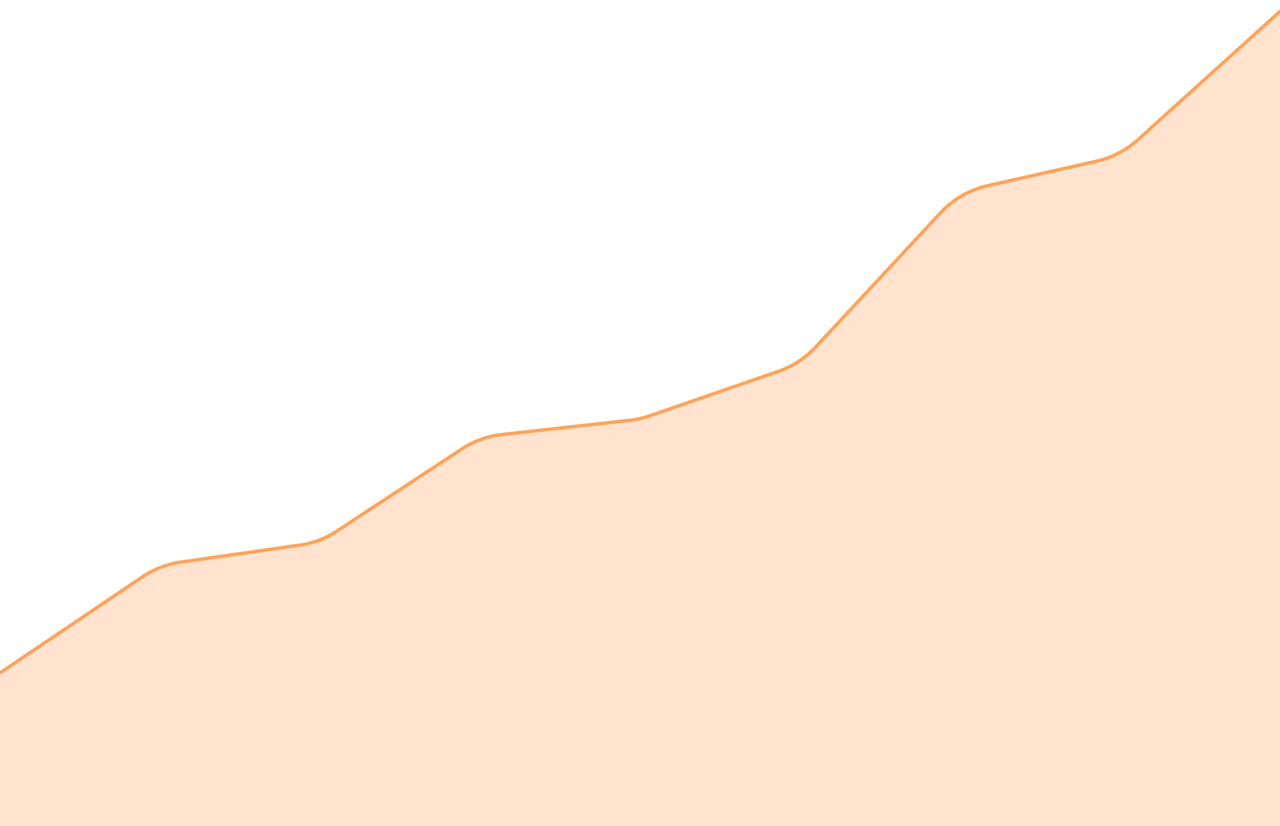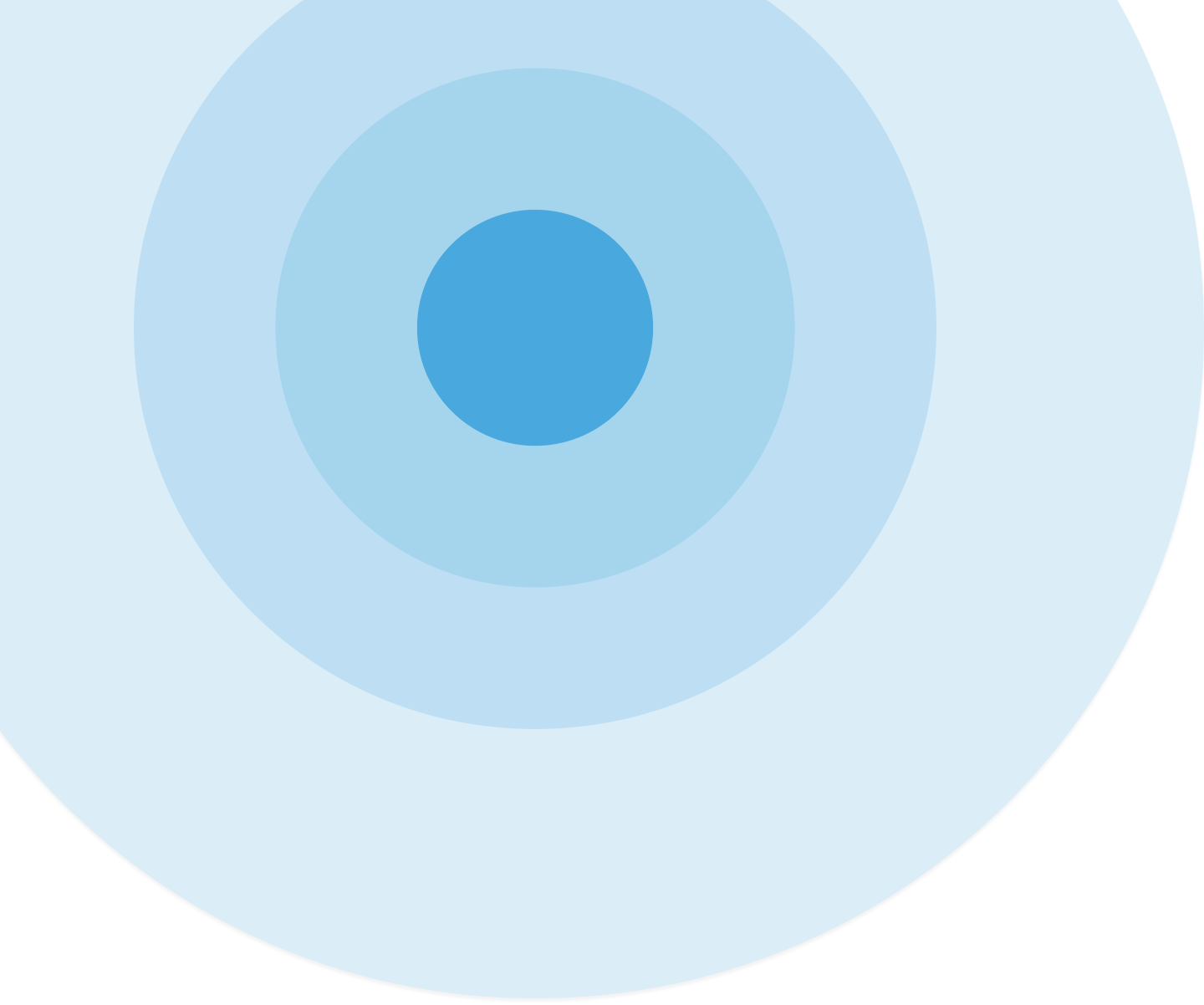What is creator-led marketing?
Creator-Led Marketing maximizes the power of creator relationships and content across your marketing efforts. Pushing beyond traditional influencer marketing constraints, Creator-Led Marketing unlocks new potential for your teams, creator partnerships, and business.
Why Are We Here? The consumer journey has fundamentally changed
Fragmented Media Landscape
Advertising & Targeting Limitations
Shifting Consumer Expectations
At The Same Time The creator economy continues to grow in size, scale and sophistication
1141% Increase

>2M
50M

Where Do We Go From Here?
Creator-led marketing offers
a scalable path forward
Expand brand reach and relevance
Scale quality content production
Grow customer engagement & loyalty
Drive revenue & increase ROAS
Marketers don't need another influencer marketing platform
Solve for
Trust
Creators
How do you validate audience authenticity and brand safety?
Data
How do you know the data source is compliant?
Alignment
How do you ensure that you’re making the right choices for your brand?
Solve for
Measurement
Effectiveness
How do you ensure creators are high performing?
Centralization
How do you get that consistent visibility globally?
Formats
How do you measure paid vs. organic?
Solve for
Scale
Volume
How many creators can you work with?
Discovery
How do you find and vet them?
Return
How do you pay them? And how do you get visibility across teams?
%202(1).jpg?width=920&height=752&name=pexels-alexander-suhorucov-6457515%20(1)%202(1).jpg)